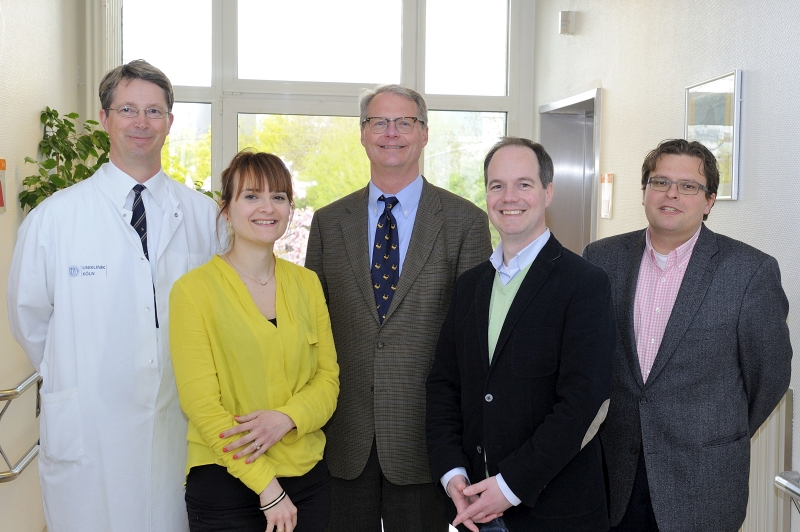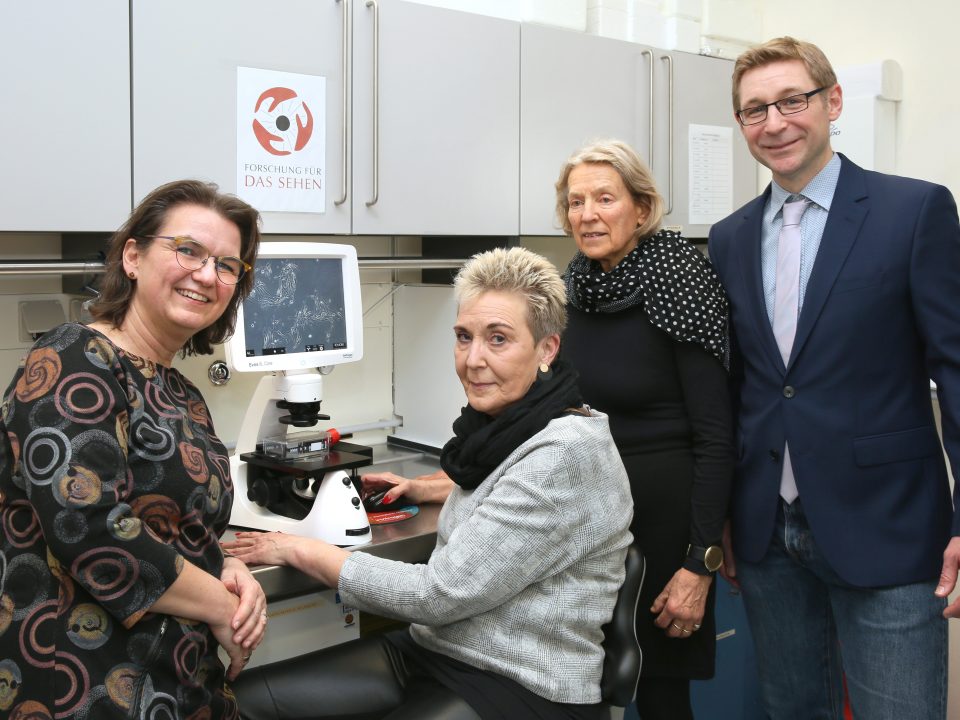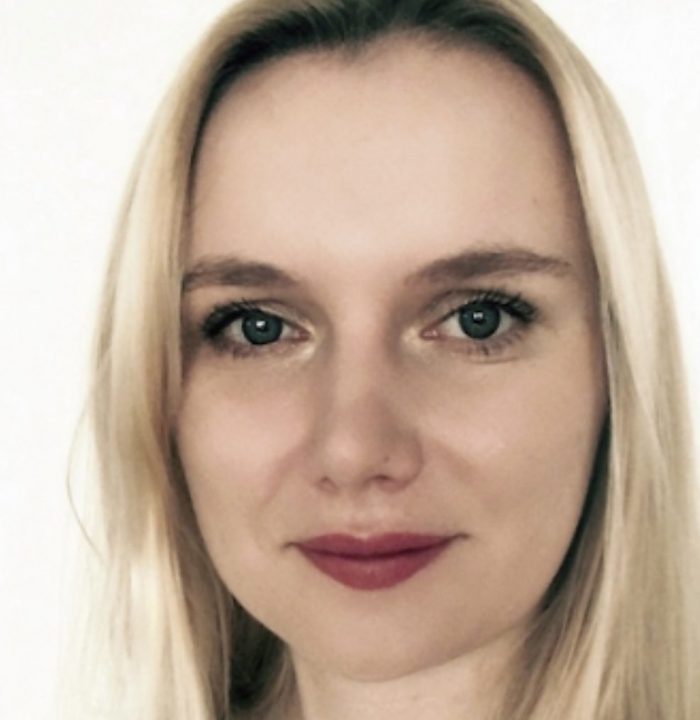A visit from Massachusetts

On April 26th, 2016, the DFG research unit FOR 2240 hosted Dr. Bruce Ksander (center) from Massachusetts at the Department of Ophthalmology, University of Cologne. Dr. Ksander received his Ph.D. in Immunology from the University of Illinois while studying the immune response to herpes keratitis in the laboratory of Dr. Robert Hendricks at the Illinois Eye & Ear Infirmary. His postdoctoral fellowship was with Dr. J Wayne Streilein at the University of Miami Medical School and the Bascom Palmer Eye Institute in Miami Florida where he studied the immune mechanisms that regulate ocular immune privilege to corneal allografts and intraocular tumors. He is currently an Associate Professor in the Department of Ophthalmology at Harvard Medical School and an Associate Scientist at the Schepens Eye Research Institute / Massachusetts Eye & Ear, and conducts research in three main areas: (i) understanding the function of inflammation in the Fas/FasL signaling pathway during the development of glaucoma, (ii) understanding the function of microglia and infiltrating macrophages in the development of age related macular degeneration, and (iii) restoration of the corneal epithelium using limbal stem cells. After meeting with a small group of scientists from the Dept. of Ophthalmology at the University of Cologne, including Chairman Univ.-Prof. Dr. C. Cursiefen (left), Speaker of the FOR 2240, Dr. Maria Notara (2nd from left), a scientist in the CorneaLab, affiliate of Project 1 of the FOR 2240 as well as Cologne coordinator of the EU consortium ARREST BLINDNESS, and Univ.-Prof. Dr. Ludwig Heindl (right), who together with Dr. Jacobus Bosch (2nd from right) from the University Hospital of Erlangen-Nuremberg are the principle investigators of FOR 2240 Project 4, Dr. Ksander gave a talk on the limbal stem cell gene ABCB5, claiming that normally functioning ABCB5 positive limbal stem cells are required for corneal development and repair. This gene is a new member of the ATP-binding cassette (ABC) superfamily of active transporters, and it is expressed by stem cells in both mouse and human limbus. Dr. Ksander has shown that knockout mice that lack ABCB5 did not develop a fully differentiated mature corneal epithelium.



